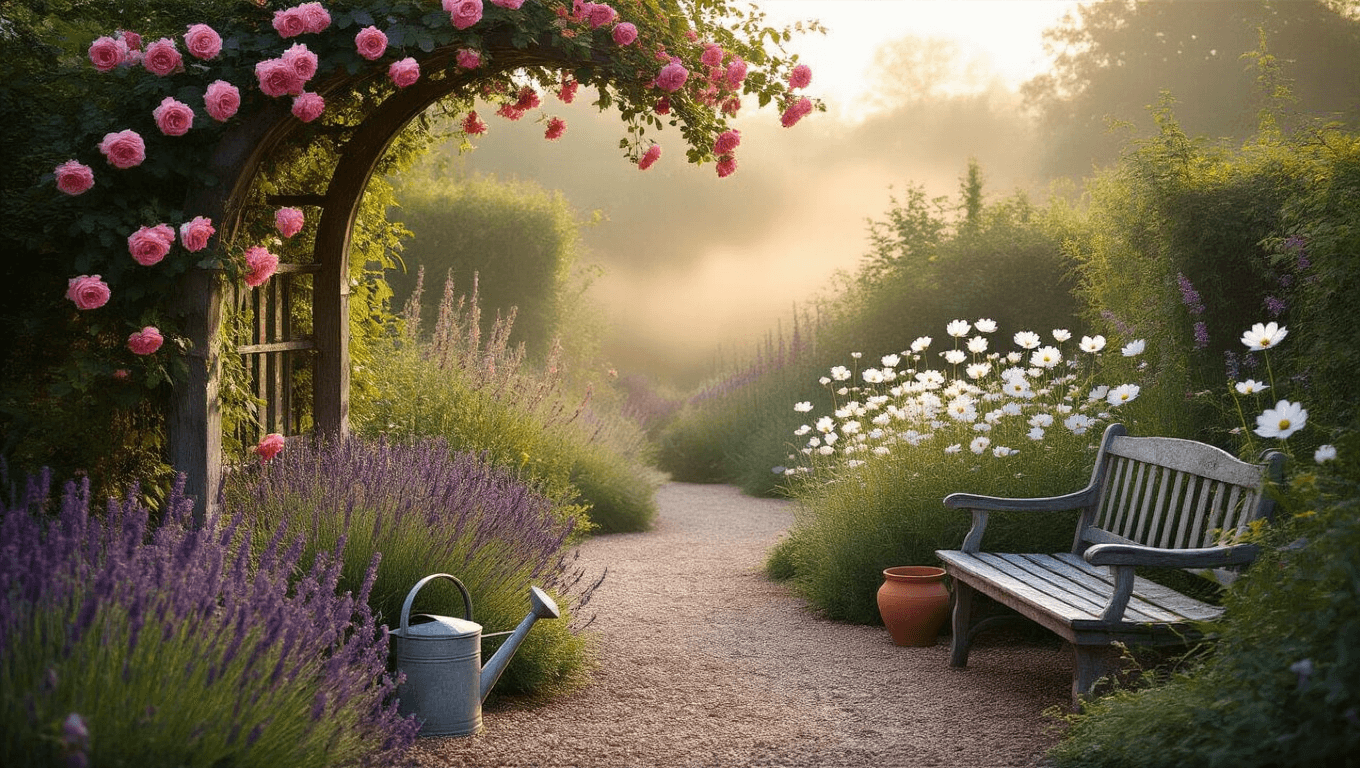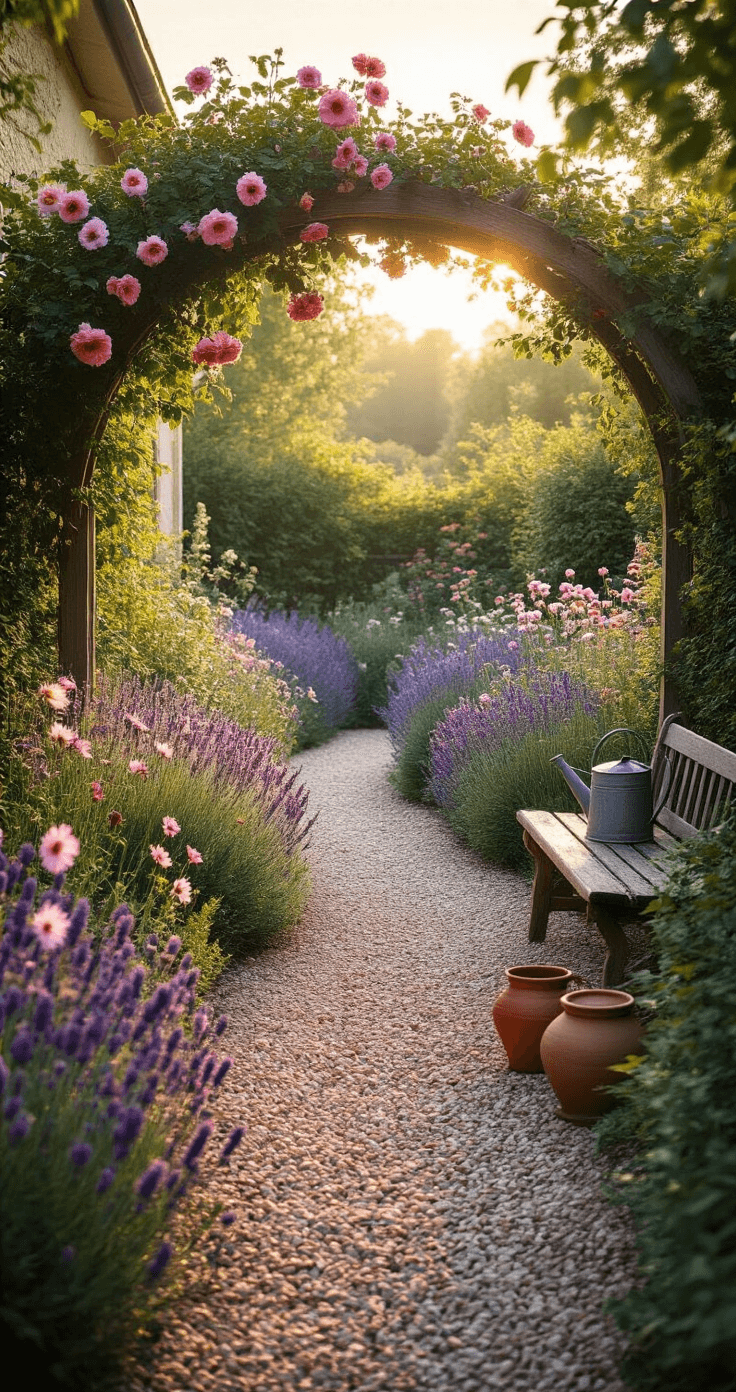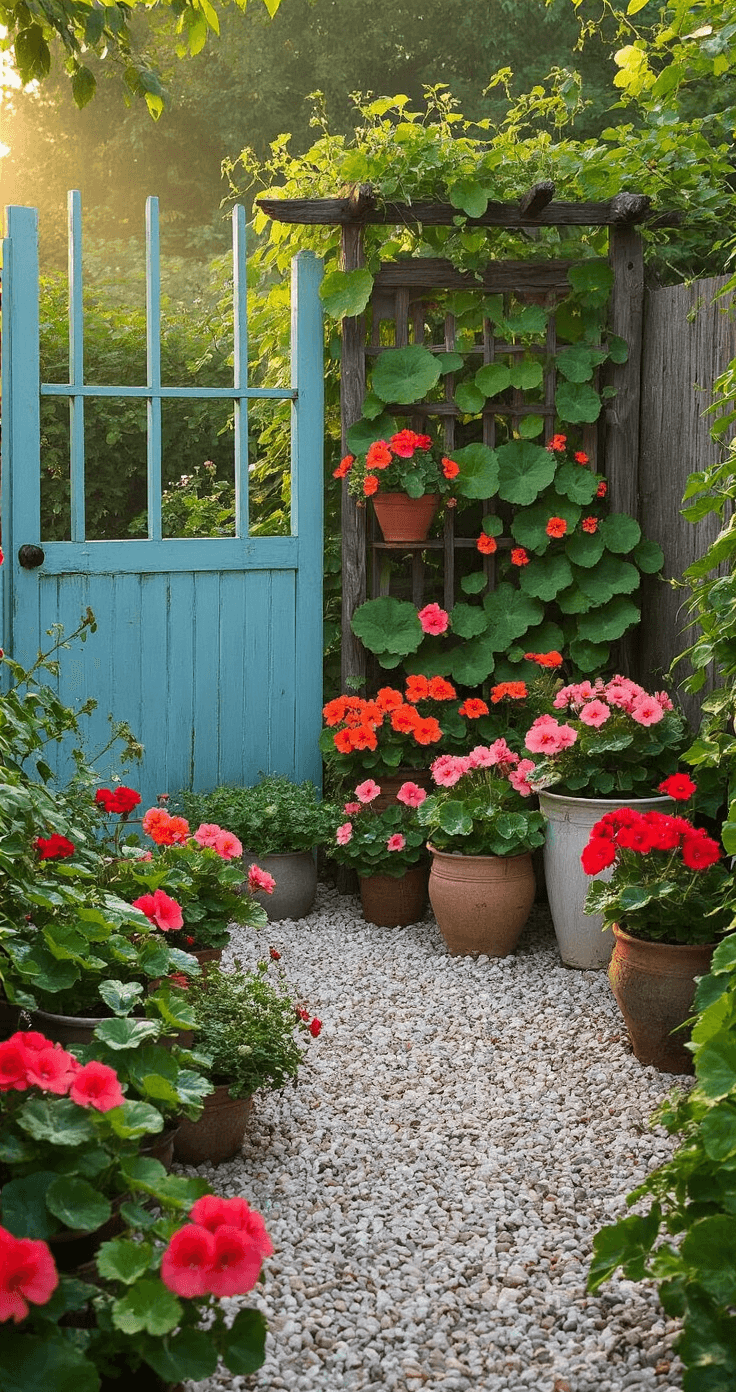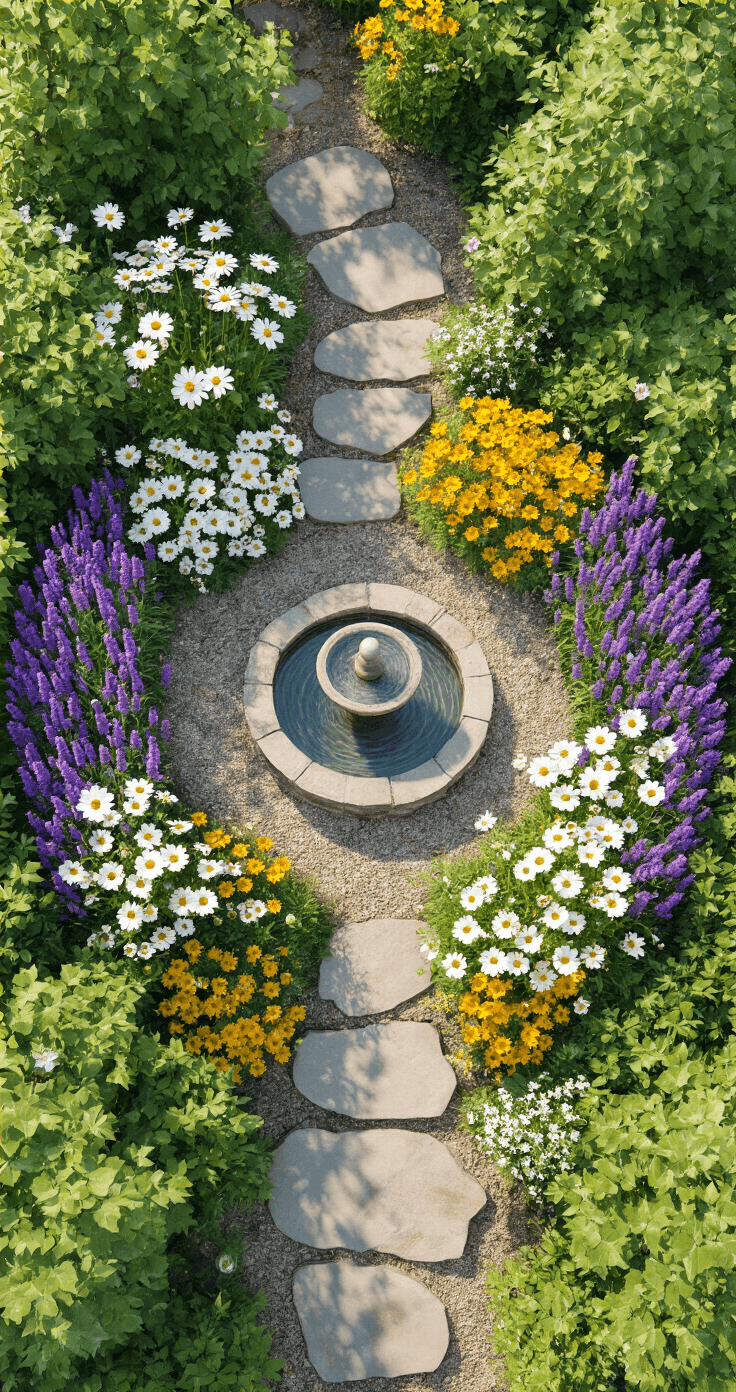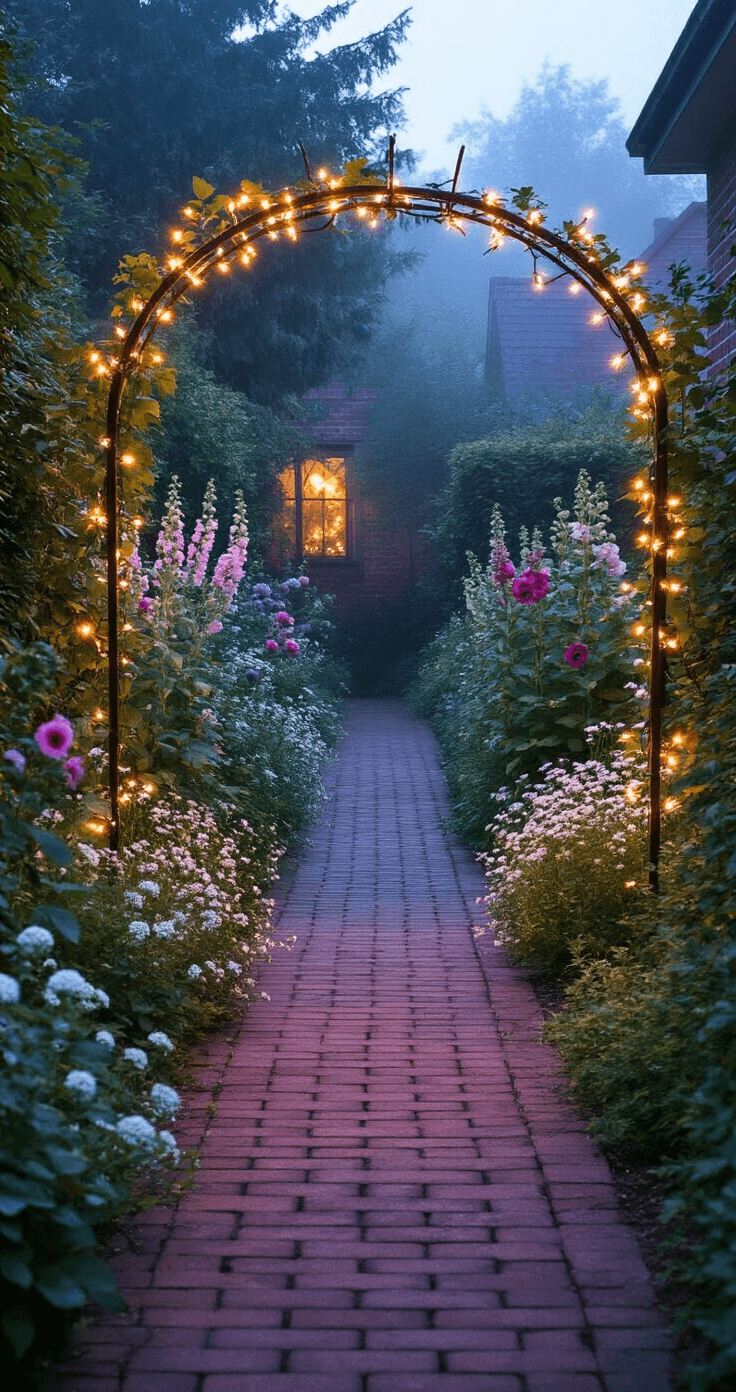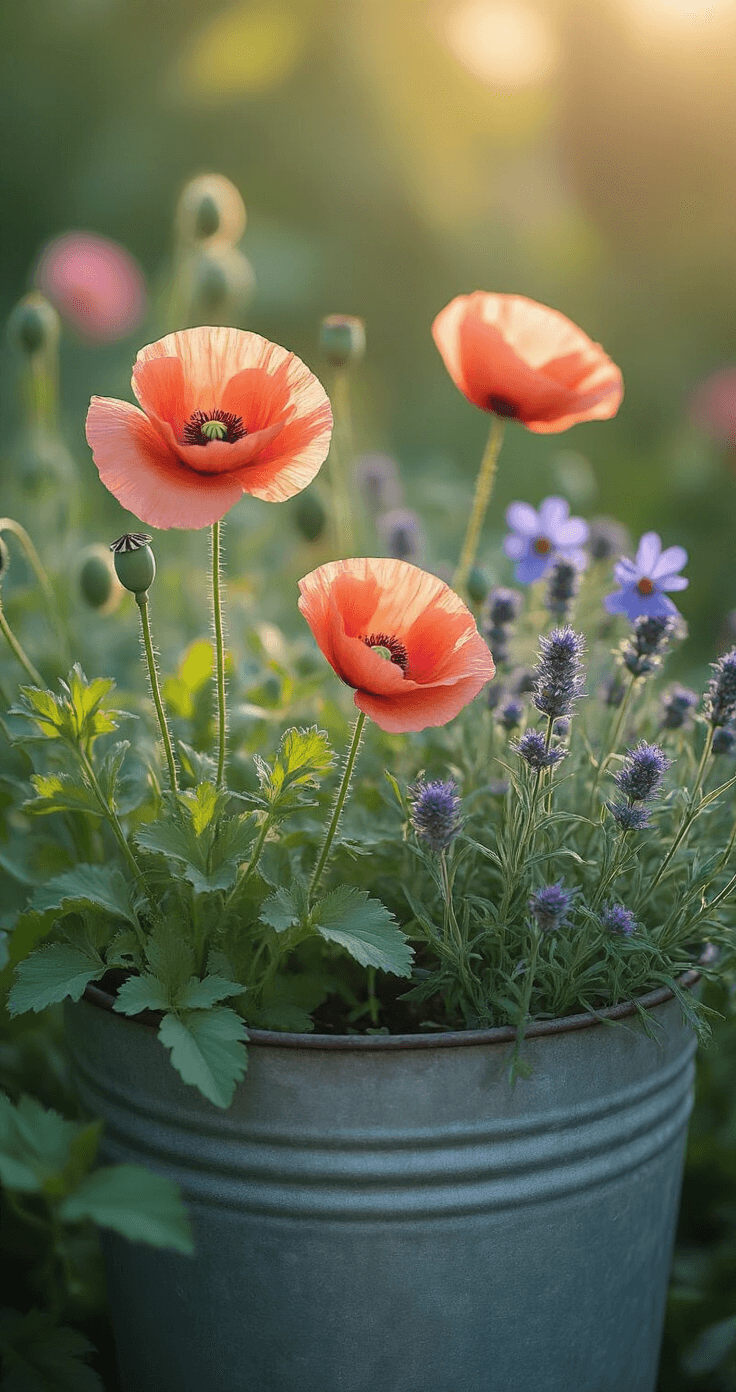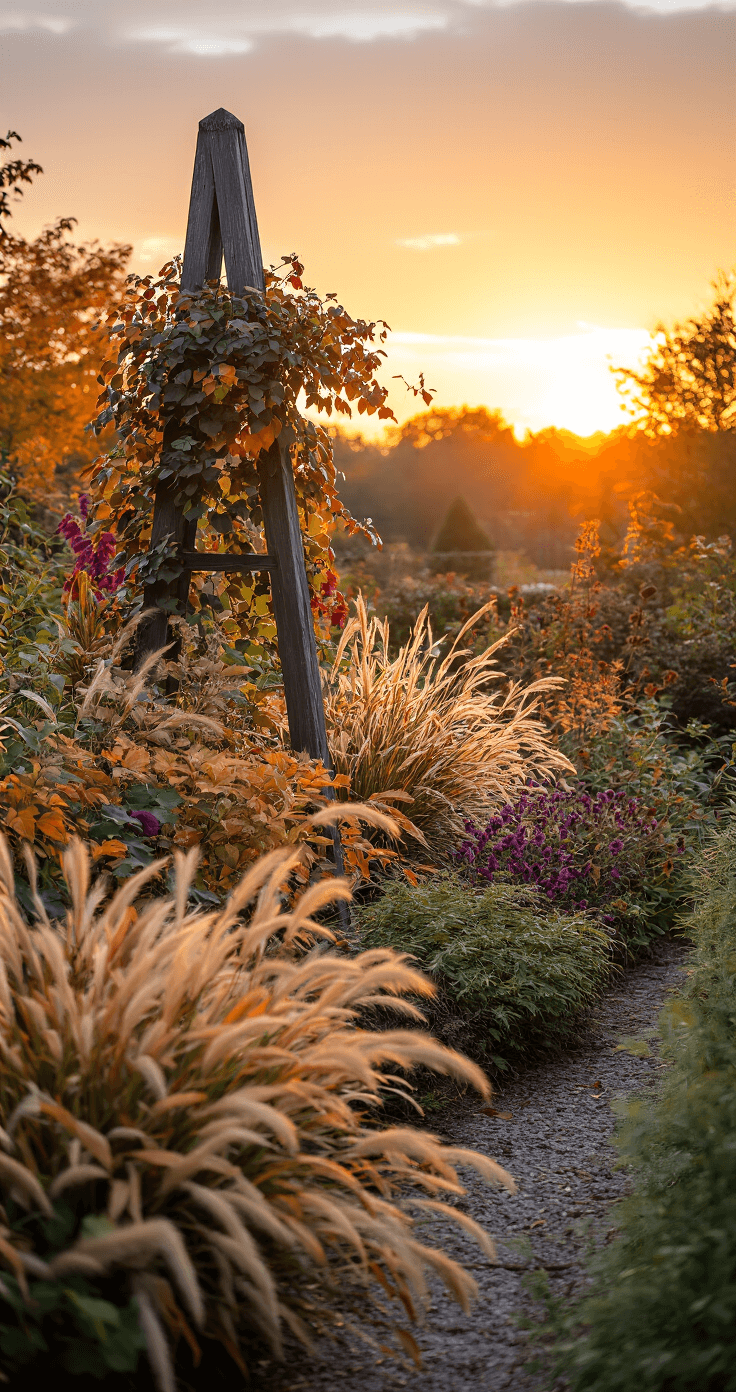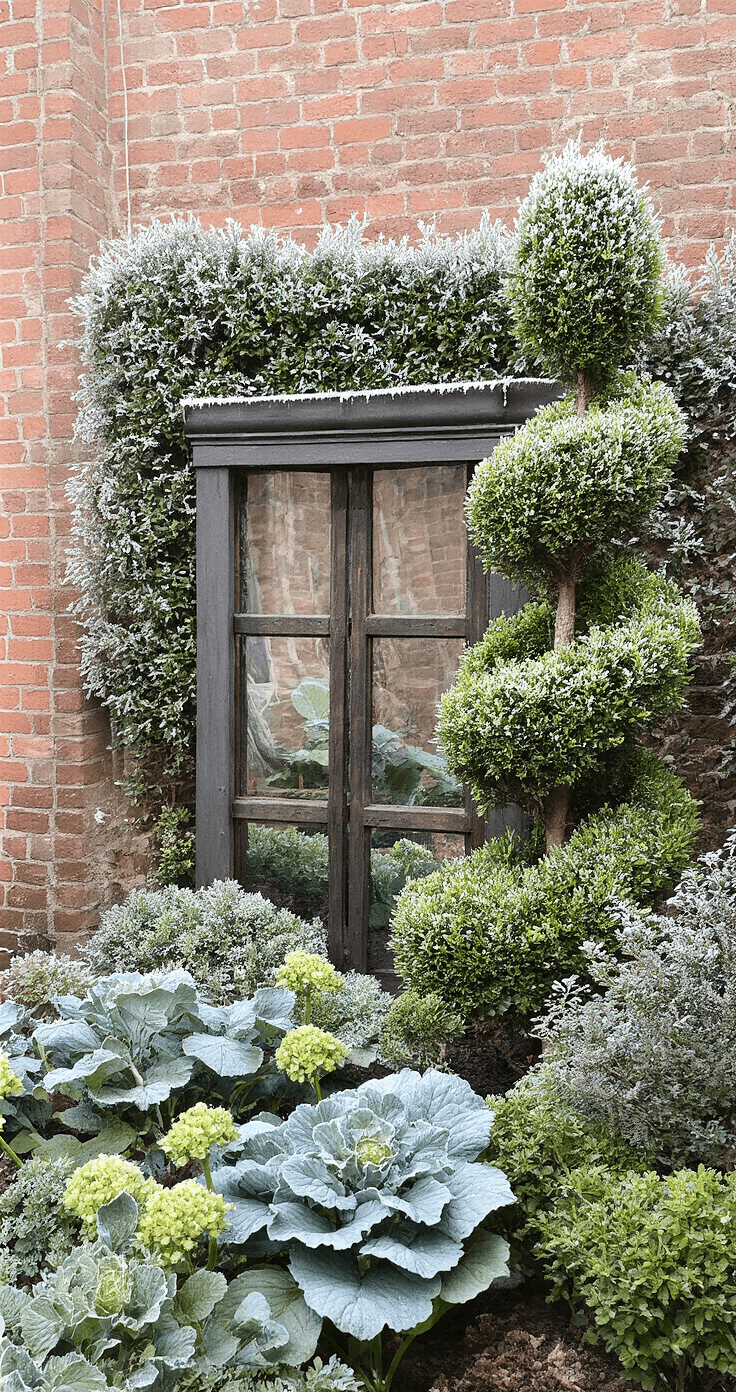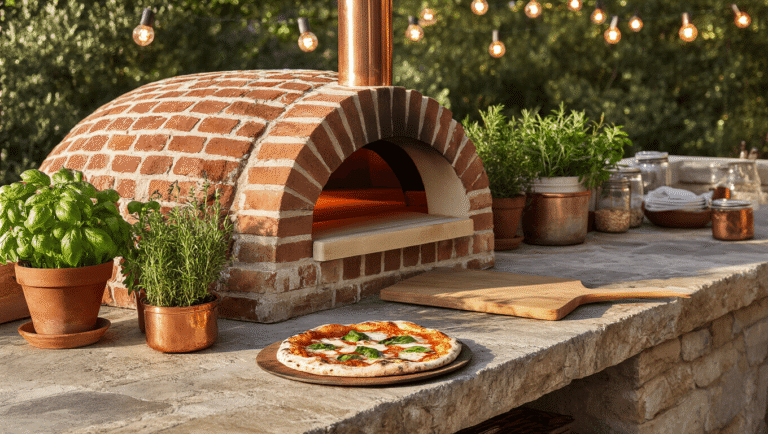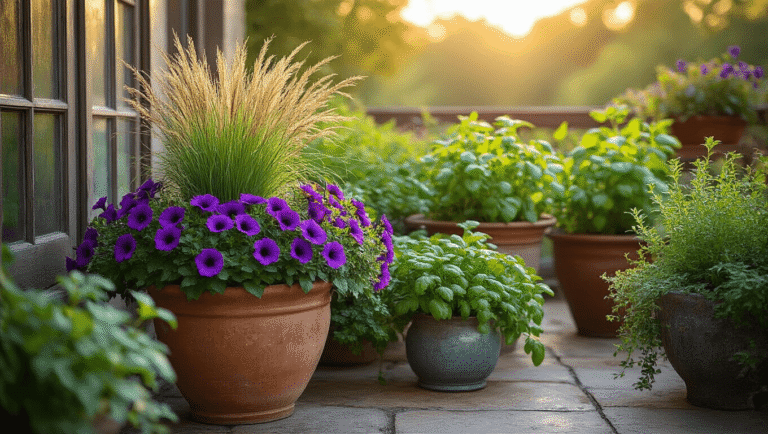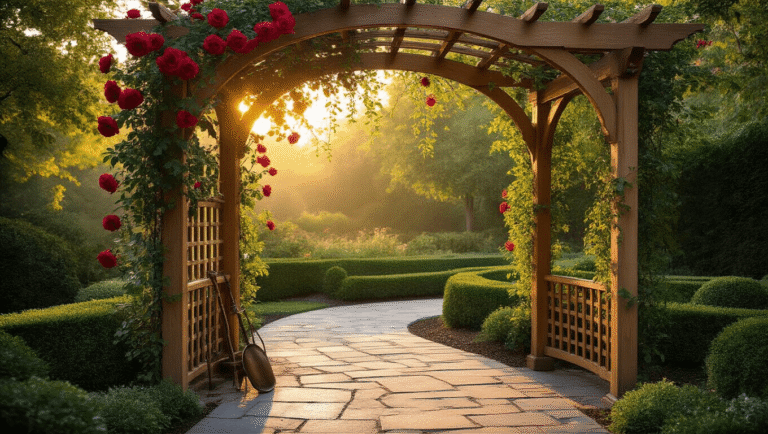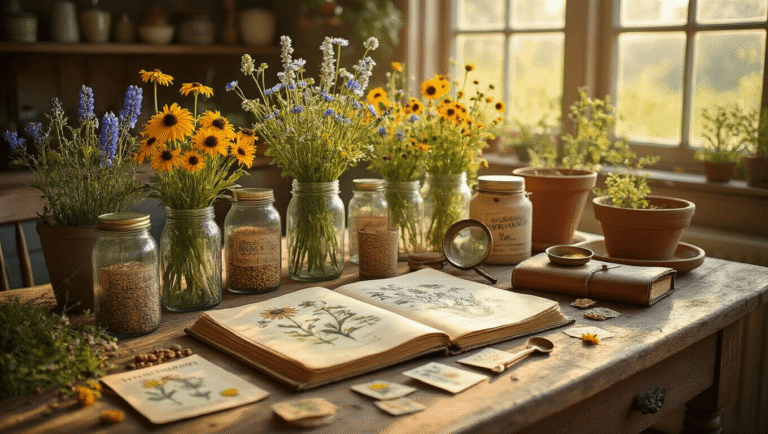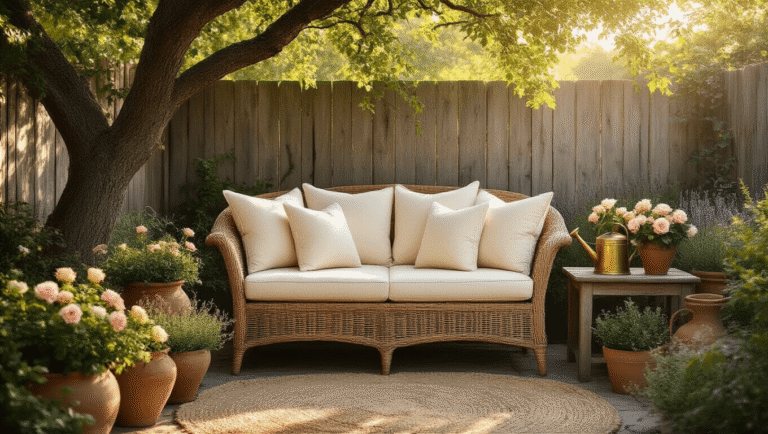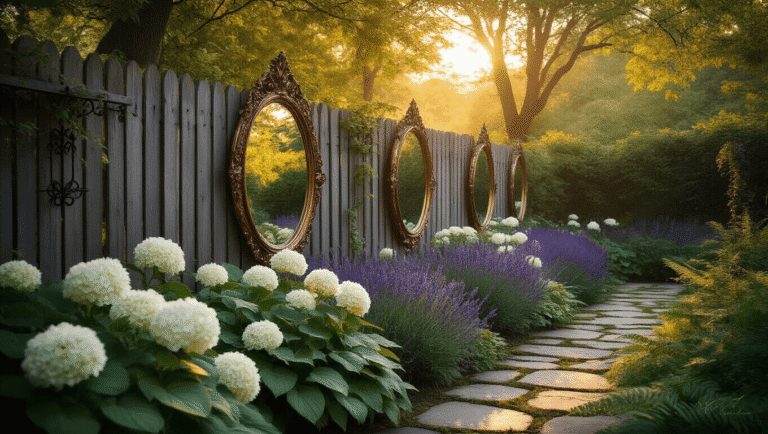This post may contain affiliate links. Please see my disclosure policy for details.
What Makes a Small Cottage Garden Special?
Contents
Imagine a garden that’s bursting with life, color, and personality – that’s the essence of a cottage garden. It’s not about perfection, but about creating a vibrant, welcoming space that feels alive and breathing.
Key Characteristics
- Informal and Natural: No strict geometric lines here
- Packed with Variety: Flowers, herbs, and maybe some edibles
- Charming and Whimsical: Feels like a living fairy tale
Getting Started: Your Cottage Garden Toolkit
Must-Have Tools:
- Trowel
- Garden fork
- Pruners
- Watering can
- Organic compost
- Love and imagination
Budget-Friendly Tips:
- Swap plants with neighbors
- Hunt for vintage garden accessories
- Start from seeds
- Upcycle containers
Choosing Your Plants: The Heart of the Cottage Garden
Top Plants for Small Spaces:
- Lavender (fragrant and beautiful)
- Geraniums (easy and colorful)
- Foxgloves (adds vertical drama)
- Cosmos (light and airy)
- Nasturtiums (edible and cheerful)
Pro Planting Tip
Think layers! Plant in clusters of three or five. Mix heights, textures, and colors for that perfect “organized chaos” look.
Design Secrets for Maximum Impact
Color Palette Magic:
- Embrace vibrant mixed colors
- Think pinks, purples, whites, yellows
- Let green foliage tie everything together
Space-Saving Tricks:
- Use vertical elements like trellises
- Group plants in containers
- Create winding paths
- Add a small focal point (cute gate, arch, or bench)
Maintenance: Keeping Your Garden Gorgeous
Quick Care Guide:
- Water consistently
- Deadhead flowers regularly
- Mulch to retain moisture
- Embrace a bit of wildness
Common Mistakes to Avoid
- Don’t Overcrowd: Give plants breathing room
- Watch Sunlight: Most cottage garden plants love sun
- Avoid Rigid Layouts: Embrace a natural, flowing design
Budget-Friendly Creation
Spending Breakdown:
- Basic setup: $25-$150
- Most expensive elements: Plants and soil
- Cheapest option: Start from seeds
- Pro tip: Look for plant swaps and local gardening groups
Seasonal Considerations
- Spring: Bulbs and early bloomers
- Summer: Peak flowering season
- Autumn: Beautiful seed heads and changing colors
- Winter: Focus on evergreen structure and interesting bark
Final Thoughts
Your small cottage garden doesn’t need to be massive to be magical. With creativity, love, and these tips, you can transform even the tiniest space into a blooming paradise.
Remember: The most beautiful gardens are the ones filled with joy and personal touch. Happy gardening!

